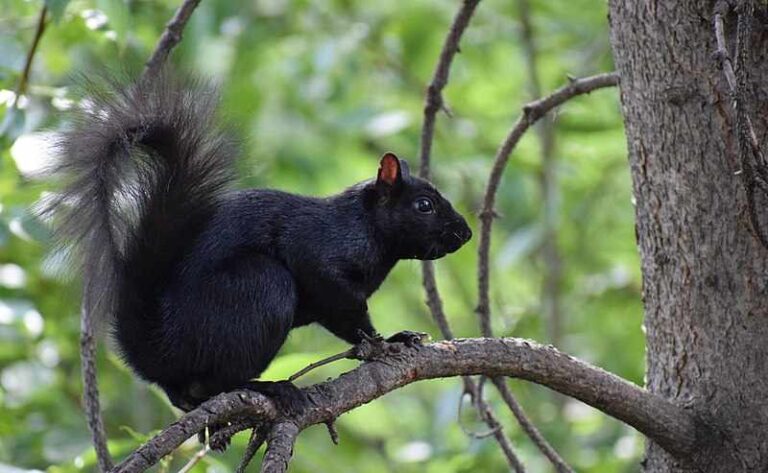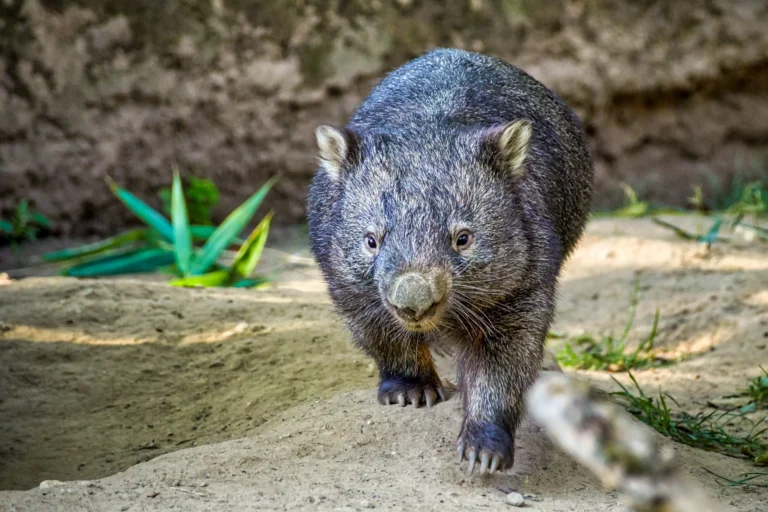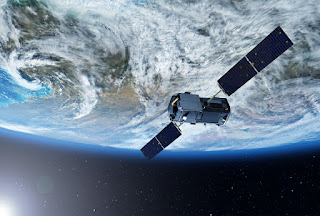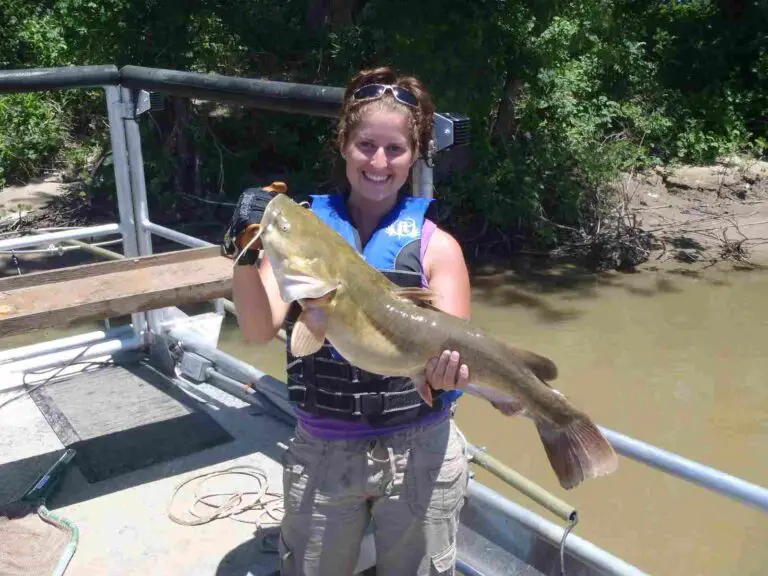5 Carbon Sequestration Examples Explained
Carbon sequestration examples are; photosynthetic capture, oceanic sequestration, permafrost sequestration, plant-induced marsh sequestration, and anthropogenic sequestration.
This article discusses carbon sequestration examples, as follows;
1). Photosynthetic Capture (as one of the Carbon Sequestration Examples)
Photosynthesis is the most basic and important example of carbon sequestration.
It is a biological process by which plants manufacture their own food. This ‘food’ occurs in the form of chemical compounds like Nicotinamide Adenine Dinucleotide Phosphate (NAD(P)H) and Adenosine Triphosphate (ATP), which contain bioenergy that is needed for the survival of living organisms [4].
In natural ecosystems like forests, tundras and grasslands, photosynthesis is the primary mechanism behind energy supply, biomass production and circulation across the trophic levels of the energy pyramid.
Since the manufacture of food through photosynthesis leads to growth of plant biomass (which is composed mainly of organic carbon and subsequently serves as food for other organisms), photosynthesis itself can be said to be a process of carbon sequestration.
The carbon in this case is sequestered in plant matter, and may be released when the biomass is broken down through combustion or biodegradation.
Such carbon releases are associated with events like deforestation and desertification, whose main environmental impact is the loss of vegetation [6]. These events can be classified alongside natural hazards like wildfires, which contribute to greenhouse emissions and climate change.
Due to the dynamic (and reversible) role of photosynthesis in carbon sequestration, vegetation can be described as both a carbon source and a carbon sink.
2). Oceanic Sequestration
The ocean is a highly-effective carbon sink, which is estimated to store several times more carbon dioxide than forests [3].
Two reasons can be provided to explain the effectiveness of oceans in carbon sequestration. One of these is the diverse nature of the marine ecosystem, and the other is the relative stability and slow mixing rate of the deep sea.
Oceans contain elements of various other carbon sink types/examples like plants, soil, and geologic formations.
Chlorophyllous organisms such as phytoplankton, capture carbon dioxide through photosynthesis and introduce it into the marine ecosystem [1]. The carbon dioxide can be isolated in deep sea water and sediments for very long periods, without being removed or released to the atmosphere through water mixing or soil erosion.
Aside carbon dioxide, carbon can be stored in oceans are organic matter from dead plants and animals, which is rapidly buried by underwater sediments. The same mechanism is responsible for the formation of fossil fuels like petroleum.
3). Permafrost Sequestration (as one of the Carbon Sequestration Examples)
Permafrost simply refers to long-frozen soil in temperate regions.
It is one of the largest carbon sinks in the terrestrial zone, and is estimated to hold over one trillion tons of carbon, far exceeding the amount which is sequestered in the atmosphere [5].
Permafrost is effective at storing carbon due to its low temperature, which places carbon dioxide in a relatively-stable, cryogenic state, similar to the conditions under which liquid hydrogen is stored.
These cryogenic conditions also delay the decomposition of plant and animal biomass in permafrost, thereby preventing the release of carbon dioxide (a byproduct of decomposition) into the atmosphere.
4). Plant-Induced Marsh Sequestration
Marshes are wetland areas with shallow water of restricted mobility. These attributes make them ideal for carbon sequestration.
Marsh plants are also abundant in such zones, and efficient in rapid photosynthesis due to their herbaceous nature. These plants are the primary source of carbon, and can be said to facilitate sequestration in marshes, alongside other chlorophyllous organisms.
Like permafrost, marshes prevent full or rapid biodegradation or organic matter. When organisms die, their remains sink to the bottom of the water column, where rates of water and oxygen circulation are low. The same process accounts for the high organic content of marsh sediments, and for the origin of various types of coal.
5). Anthropogenic Sequestration (as one of the Carbon Sequestration Examples)
Also known as ‘artificial sequestration’, anthropogenic carbon sequestration refers to any mechanism or process used by humans to deliberately capture and store carbon dioxide.
Anthropogenic carbon sequestration is what constitutes the foundation of carbon capture and storage technology, whereby carbon dioxide is isolated and injected into oceans and underground geologic formations [2].
It is based on long-term storage, which is similar to the approach used in environmental remediation and soil conservation projects involving nuclear materials.
Aside carbon dioxide burial, other activities that divert carbon dioxide can be categorized as anthropogenic carbon sequestration activities. These include the direct use of carbon dioxide in synthetic fuel production, and the conversion organic matter in a biorefinery to produce biofuel.

Conclusion
Carbon sequestration examples are;
1. Photosynthetic Capture
2. Oceanic Sequestration
3. Permafrost Sequestration
4. Plant-Induced Marsh Sequestration
5. Anthropogenic Sequestration
References
1). Basu, S.; Mackey, K. R. (2018). “Phytoplankton as Key Mediators of the Biological Carbon Pump: Their Responses to a Changing Climate.” Sustainability 10(3). Available at: https://doi.org/10.3390/su10030869. (Accessed 3 October 2022).
2). Benson, S. M. (2005). “Carbon Dioxide Capture and Storage in Underground Geologic Formations.” Available at: https://www.researchgate.net/publication/228389554_Carbon_Dioxide_Capture_and_Storage_in_Underground_Geologic_Formations. (Accessed 3 October 2022).
3). Isaac-Thomas, B. (2022). “When it comes to sucking up carbon emissions, ‘the ocean has been forgiving.’ That might not last.” Available at: https://www.pbs.org/newshour/science/the-ocean-helps-absorb-our-carbon-emissions-we-may-be-pushing-it-too-far. (Accessed 3 October 2022).
4). Johnson, M. P. (2016). “Photosynthesis.” Essays in Biochemistry 60(3):255-273. Available at: https://doi.org/10.1042/EBC20160016. (Accessed 30 September 2022).
5). Miner, K. R.; Malina, E.; Bartsch, A. (2022). “Permafrost carbon emissions in a changing Arctic.” Nature Reviews Earth & Environment. Available at: https://doi.org/10.1038/s43017-021-00230-3. (Accessed 3 October 2022).
6). Yakubu, O. E.; Gto, O.; Daniel, U. (2019). “A review of impact of recurrent bush burning on the climate change paradigm: The Nigerian experience.” Available at: https://www.researchgate.net/publication/342944088_A_review_of_impact_of_recurrent_bush_burning_on_the_climate_change_paradigm_The_Nigerian_experience. (Accessed 3 October 2022).




